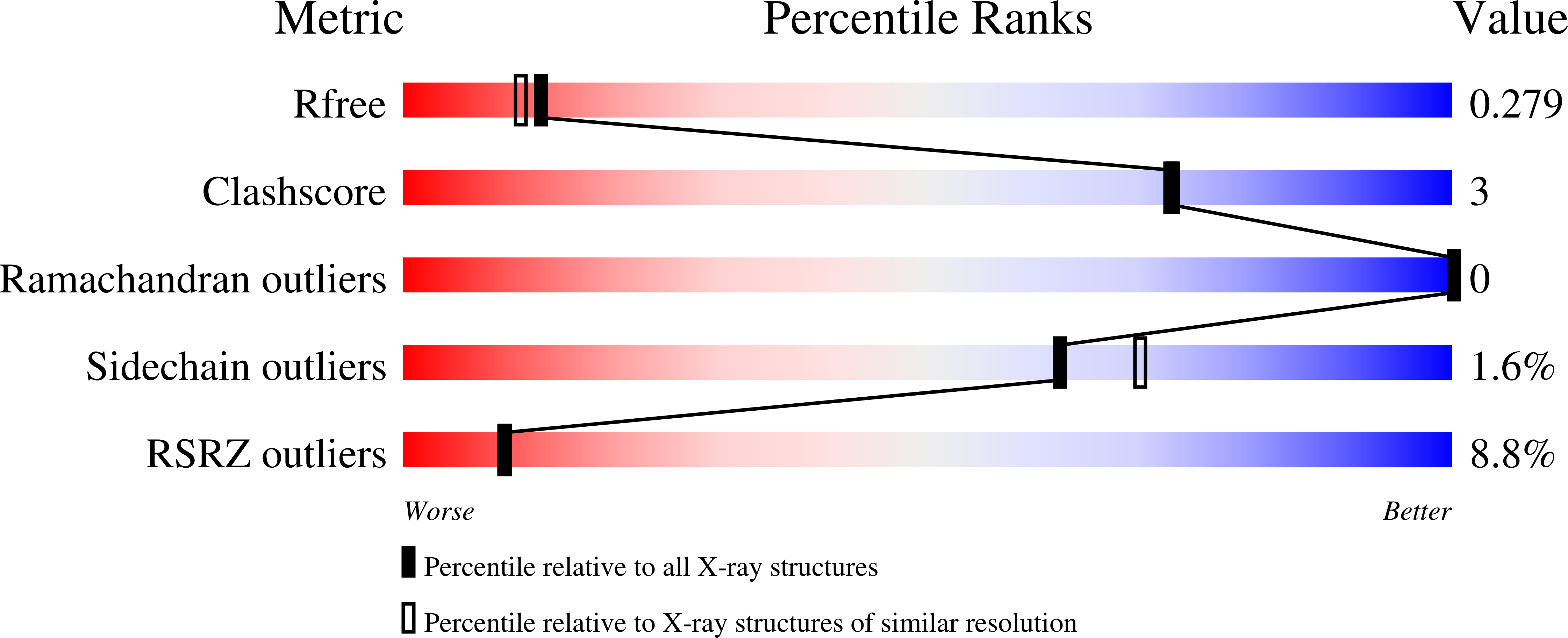
Deposition Date
2020-03-02
Release Date
2021-02-10
Last Version Date
2024-01-24
Entry Detail
PDB ID:
6Y7V
Keywords:
Title:
Crystal structure of the KDEL receptor bound to HDEL peptide at pH 6.0
Biological Source:
Source Organism:
Gallus gallus (Taxon ID: 9031)
Homo sapiens (Taxon ID: 9606)
Homo sapiens (Taxon ID: 9606)
Host Organism:
Method Details:
Experimental Method:
Resolution:
2.24 Å
R-Value Free:
0.27
R-Value Work:
0.23
R-Value Observed:
0.23
Space Group:
P 1 21 1


